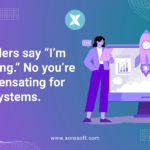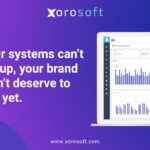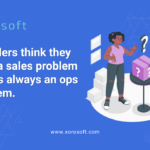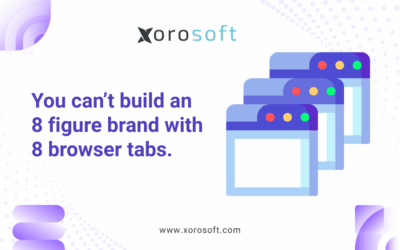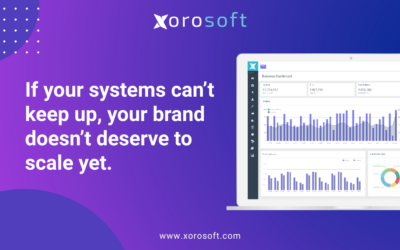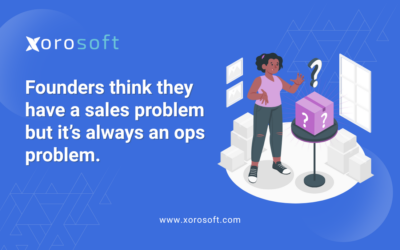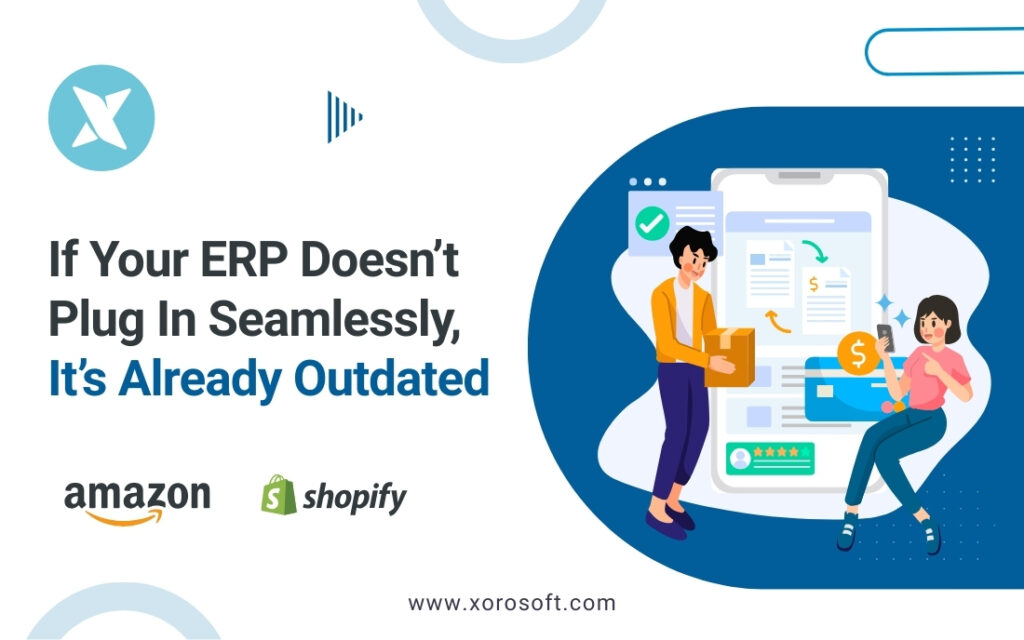
The Cost of Not Having Cloud ERP Integration
Let’s be real—cloud ERP integration is no longer a luxury. Modern businesses juggle Shopify orders, 3PLs, QuickBooks, and spreadsheets—often disconnected.
As a result, when data doesn’t sync in real time, your team ends up chasing numbers, duplicating work, and waiting for reports that are already outdated.
This lag doesn’t just cost time—it erodes profit margins, delays decisions, and kills momentum.
And if your ERP doesn’t plug in seamlessly? Then you’re already playing catch-up.
How Disconnected Tools Slow Everything Down
For scaling companies, speed is everything. However, disconnected systems force your teams into repetitive, error-prone work.
Here’s what that mess looks like:
-
Inventory chaos: Shopify says 10 units. Warehouse says 6. Which is correct? Meanwhile, the customer’s already angry.
-
Delayed accounting: Your financials stay stuck in limbo because the data spans across spreadsheets and email. Additionally, manual reconciliation creates more delays.
-
Manual fulfillment: Orders come in, but fulfillment takes longer due to scattered tools and no automation.
-
Endless data entry: Employees keep copying and pasting across platforms just to stay afloat. As a consequence, errors slip through, and team productivity suffers.
Over time, this inefficiency bleeds into everything—from your margins to team morale. Even worse, it’s avoidable.
The Real Root Cause Behind It All
In most cases, the issue isn’t your team—it’s your tech.
Legacy ERPs weren’t built to connect with modern tools. Consequently, outdated systems create more friction than value. To make matters worse, many companies continue using them just to avoid change.
Here’s where the breakdown usually happens:
-
Isolated modules: ERP functions operate independently with no real-time sync.
-
Hard-to-use integrations: Devs or middleware must be involved just to connect Shopify or EDI tools.
-
Outdated reporting: Leaders end up making decisions based on stale data.
In many cases, teams work around the software instead of the software empowering them.
Clearly, cloud ERP integration solves this by removing data silos and syncing everything—automatically.
Why Cloud ERP Integration Is the New Standard
Let’s look at what happens when everything connects effortlessly:
-
Live inventory: You’ll know what’s in stock, across all locations, in real time.
-
Built-in integrations: You don’t need custom workarounds. Everything connects natively.
-
Unified data: You control your entire operation from a single dashboard. That way, everyone has access to the same information.
-
Automated workflows: Fulfillment and accounting run with minimal manual effort. In addition, automation reduces errors across departments.
As a result, integrated ERPs provide unmatched visibility and speed.
Moreover, smart businesses are replacing disconnected setups with cloud-native ERPs.
How Xorosoft ERP Leads with Seamless Integration
This is where Xorosoft ERP sets itself apart.
It was built from the ground up for real-time, cloud-first operations. By contrast, instead of duct-taping apps together, everything works right out of the box.
Here’s what makes it different:
-
True plug-and-play
Xorosoft connects with Shopify, Amazon, EDI, shipping tools, and 3PLs—no development required. -
Warehouse management built in
For example, you can track inventory, generate pick tickets, and fulfill orders without using third-party tools. -
Multi-location, multi-channel coverage
Whether it’s retail, eCommerce, or wholesale—Xorosoft supports it in one system. -
Hundreds of API integrations
You can easily connect to a CRM or shipping platform without additional middleware. Even so, support is available if you need custom connections. -
Live dashboards
Track everything from operations to financials instantly. Therefore, decisions happen faster. Meanwhile, your team stays aligned across every department. -
#1 in Ease of Use on G2
G2 ranks Xorosoft as the easiest ERP to use.
Ultimately, Xorosoft allows businesses to grow without technical bottlenecks.
Not only that, it simplifies training and reduces onboarding time dramatically.
To put it another way, your team will thank you for choosing it.
Stop Letting Your ERP Hold You Back
The bottom line? If your ERP can’t handle cloud ERP integration, it’s slowing you down.
Modern leaders can’t afford tech that creates problems. Instead, you deserve software that eliminates them. After all, your team’s time is far too valuable.
With Xorosoft, you get real-time control of inventory, accounting, fulfillment, and more—all in one place.
So, book your demo and see what true cloud ERP integration looks like.
